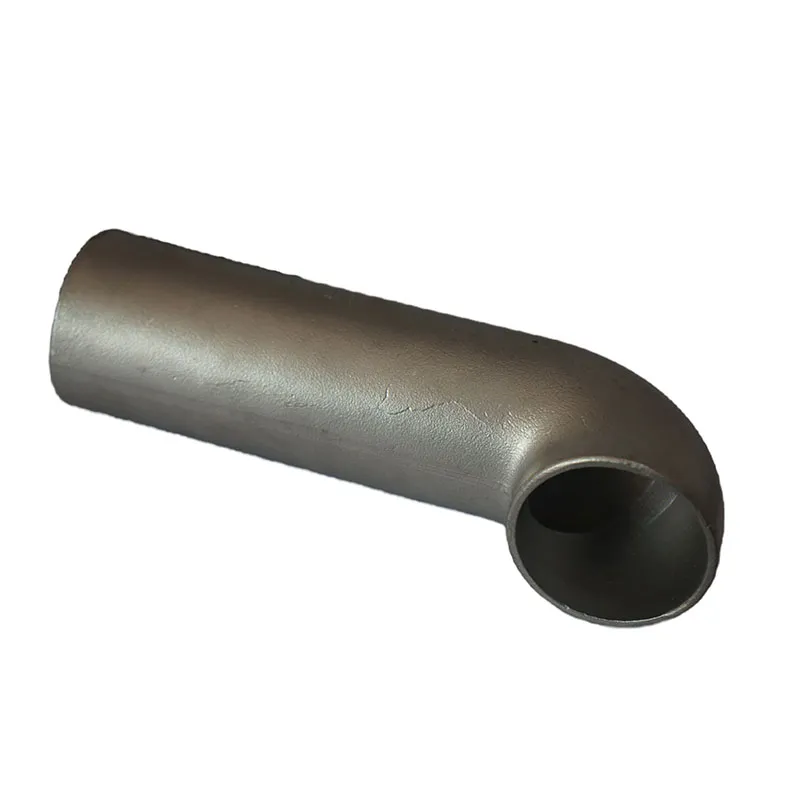Innovations and Techniques in Dry Sand Casting for Enhanced Metal Mold Production
Dry Sand Casting A Comprehensive Overview
Dry sand casting, also known as green sand casting when using a mixture that includes water, is an essential method in the foundry industry for producing metal parts with high precision. This casting technique employs dry sand mixtures to create molds, resulting in several benefits that cater to various industrial needs.
The Basics of Dry Sand Casting
In dry sand casting, the sand used is specially treated, usually comprising silica, clay, and other additives that enhance its binding and thermal properties. Unlike green sand casting, which retains moisture in the sand mixture, dry sand casting involves a sand mixture that is baked or heated, resulting in a stable and rigid mold. The drying process significantly improves the strength and durability of the mold, allowing it to withstand higher temperatures when molten metal is poured in during the casting process.
Process of Dry Sand Casting
1. Mold Creation The first step involves creating the mold. This is achieved by compacting the dry sand mixture around a pattern, which is a replica of the desired part. The pattern is typically made of metal or plastic and is often coated with a release agent to facilitate easy removal after the mold is formed.
2. Mold Drying After the mold is formed, it is subjected to heat, which drives off moisture and hardens the sand mixture. This process can be conducted in ovens or using heated air. The result is a very sturdy mold capable of withstanding the stress during metal pouring.
3. Metal Pouring Once the mold is fully prepared, molten metal is poured into the mold cavity through a gating system. The high-temperature molten metal flows into the intricate details of the mold, filling up the shaped cavity precisely.
4. Cooling and Solidification After pouring, the molten metal is allowed to cool and solidify. This stage is crucial as it determines the final properties of the cast part. The cooling rate can affect the microstructure of the metal, thus influencing its mechanical properties.
5. Mold Removal and Finishing Once the metal has solidified, the mold is broken away, and the casting is removed. This is usually followed by various finishing processes, which may include sandblasting, machining, or surface treatment to achieve the desired surface finish and dimensions.
dry sand casting

Advantages of Dry Sand Casting
The dry sand casting process offers multiple advantages
- High Thermal Resistance The dry molds can endure higher temperatures compared to traditional green sand molds, allowing for the casting of metals that require elevated melting points.
- Improved Surface Finish The rigid nature of the dry sand leads to better surface characteristics, which reduces the need for extensive post-cast finishing.
- Complex Geometries With the ability to create stable molds, manufacturers can produce intricate and complex shapes that might be challenging with other casting methods.
- Reduced Moisture-Related Issues The absence of moisture in the sand reduces the risk of defects such as porosity and gas traps, leading to higher quality castings.
Applications of Dry Sand Casting
Dry sand casting has found its applications in various industries, particularly in automotive, aerospace, and heavy machinery manufacturing. It is adept at producing engine components, pump housings, and other intricate parts that demand high durability and precision.
Conclusion
In conclusion, dry sand casting is a versatile and efficient method of metal casting that meets the rigorous demands of modern manufacturing. With its superior strength, improved surface finish, and ability to accommodate complex designs, it remains a vital process in the production of high-quality metal parts. As technology advances, the potential for dry sand casting to adapt and integrate new materials and techniques continues to expand, solidifying its place in the foundry industry for years to come.
-
Precision Sheet Metal Stamping Manufacturer | Fast & ReliableNewsAug.01,2025
-
OEM Sand Cast Pump Valve Fittings - Baoding Hairun Machinery And Equipment Trading Co., Ltd.NewsAug.01,2025
-
Custom OEM Impellers | High Efficiency & PrecisionNewsAug.01,2025
-
OEM Sand Cast Pump Valve Fittings - Baoding Hairun Machinery | Customization, Quality AssuranceNewsAug.01,2025
-
OEM Sand Cast Pump Valve Fittings - Baoding Hairun Machinery And Equipment Trading Co., Ltd.NewsAug.01,2025
-
OEM Sand Cast Pump Valve Fittings - Baoding Hairun Machinery And Equipment Trading Co., Ltd.NewsJul.31,2025















